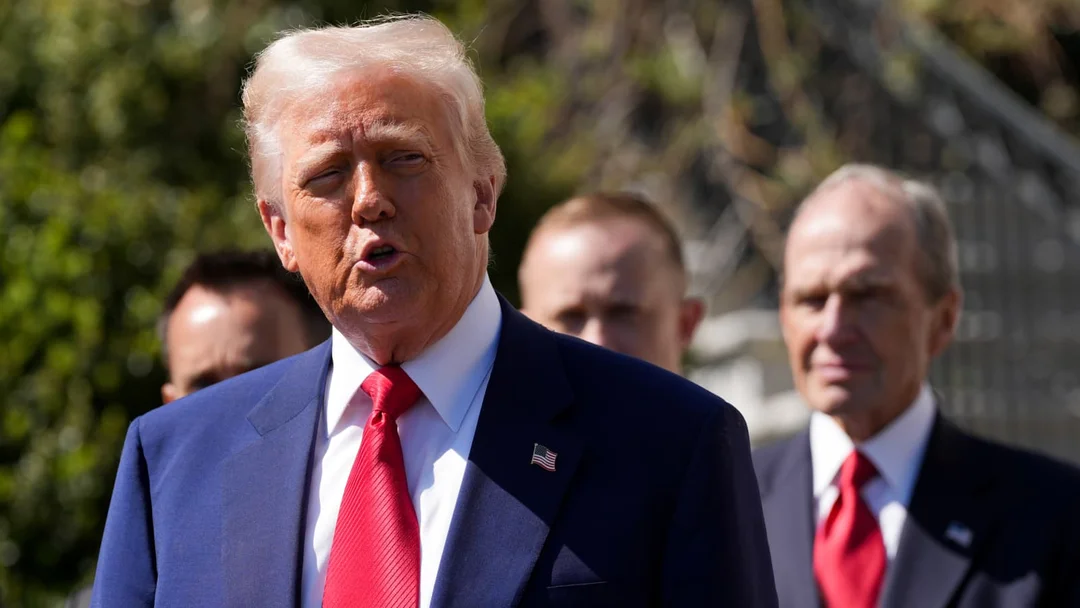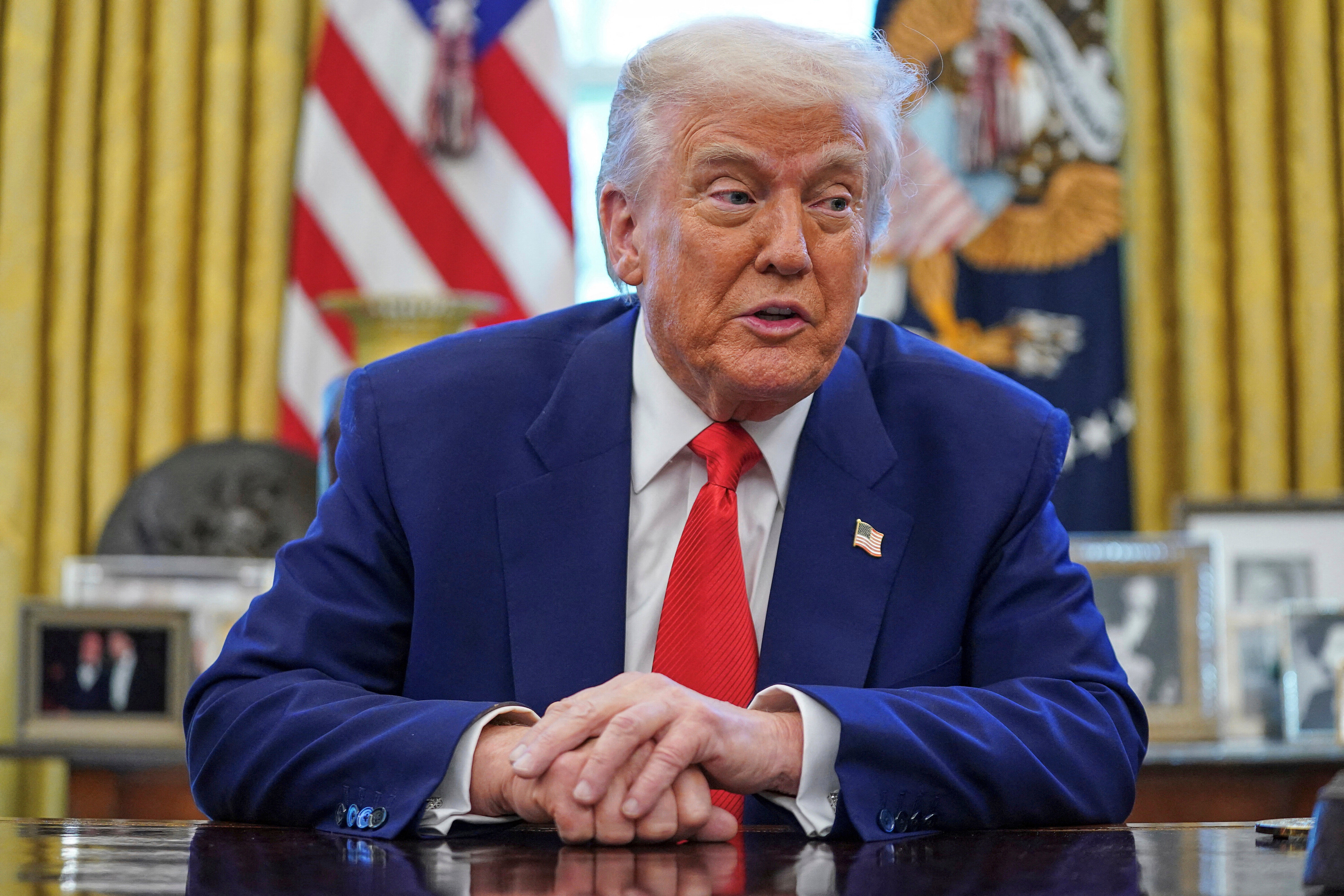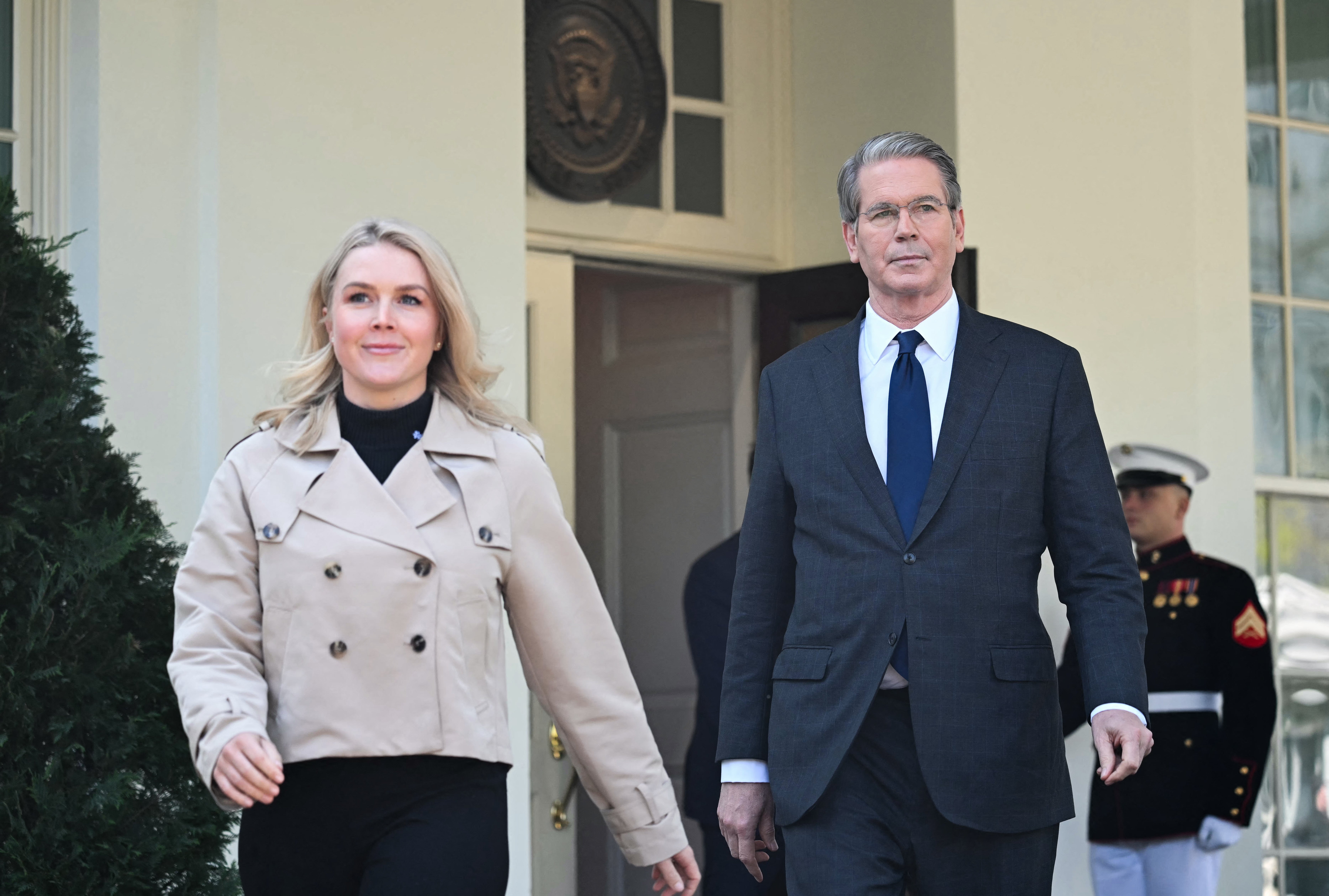
Inside Trump’s Dramatic Tariff Reversal: How Pressure, Markets, And Diplomacy Halted A Global Trade Shock
President Donald Trump stunned allies and opponents alike this week by abruptly pausing his sweeping global tariff plan after days of mounting economic turmoil, fierce political lobbying, and urgent diplomatic outreach. The sudden policy pivot, following a barrage of warnings that the strategy risked tipping the U.S. into recession, reveals a White House navigating crisis under intense global scrutiny—and a president who ultimately opted for caution over confrontation.
According to reports from The Wall Street Journal and The Washington Post, Trump privately acknowledged the tariffs could indeed spark a recession but said he wanted to avoid a depression, reminiscent of the catastrophic 1930s downturn. “Pain” was acceptable, he told advisers, but catastrophe was not. Still, publicly the president and his team insisted the pause was strategic, with senior aide Stephen Miller hailing it as “the greatest economic master strategy from an American President in history.”

Trump’s reversal came amid a perfect storm of backlash. Behind the scenes, Republican Senators including Lindsey Graham and Ted Cruz spent an hour urging him to rethink, warning of retaliation and economic harm. Billionaires and business executives bombarded Chief of Staff Susie Wiles and other officials with concerns, while foreign leaders lobbied intensely. Swiss President Karin Keller-Sutter personally reminded Trump of her country’s strong economic ties with the U.S. after Switzerland was slapped with a punishing 31% tariff. Meanwhile, JP Morgan CEO Jamie Dimon used a live Fox interview to warn recession was “a likely outcome.”
.jpg)
On Tuesday night, as the crisis deepened and GOP senators voiced their concerns on Fox News, Trump reportedly called them during commercial breaks, then held a lengthy group call urging restraint. By Wednesday morning, after watching global stocks plunge and U.S. bond yields soar above 4.5% amid fears of foreign debt dumping, Trump announced the 90-day pause via Truth Social. This surprise news sent equity markets soaring, with the S&P 500 recording its sharpest one-day gain since 2008—a dramatic turnaround from chaos to cautious optimism.
Within his administration, the move caught many off guard. U.S. Trade Representative Jamieson Greer learned of the decision while testifying before Congress. Some aides claimed it was a pre-planned masterstroke, while critics derided the chaotic rollout as “amateur hour.” But insiders point to an evolving strategy influenced heavily by newly influential Treasury Secretary Scott Bessent and Commerce Secretary Howard Lutnick, who facilitated key talks with EU officials seeking to avert retaliatory tariffs.

Throughout, Trump maintained the decision came from his “gut” and “his heart,” even as bond market volatility hastened the pivot. “They were getting a little bit yippy, a little bit afraid,” he said Wednesday, insisting everything would work out. White House spokesman Kush Desai emphasized the move followed fresh pledges from partners for “favorable” trade deals, framing the pause as a tactical step, not a retreat.
The unfolding saga underscores just how fragile trade diplomacy remains in an interconnected world economy, where presidential tweets can swing trillions. Was this a savvy negotiating bluff or improvisation under fire? As Wall Street breathes easier, global capitals will be watching closely whether “Liberation Day” marked merely a tactical pause or the beginning of a new, more cautious U.S. trade policy approach. Readers, what do you think? Strategic genius or risky gamble? Share your insights below.